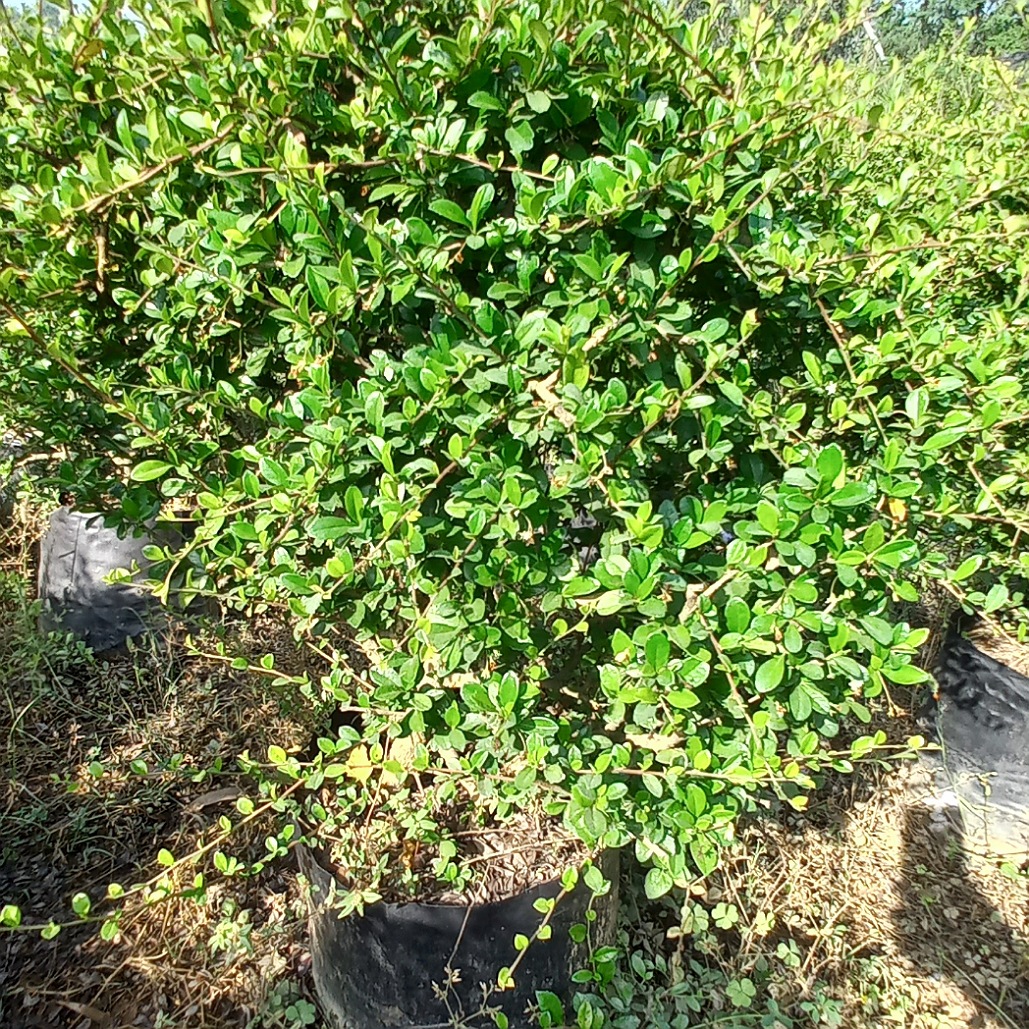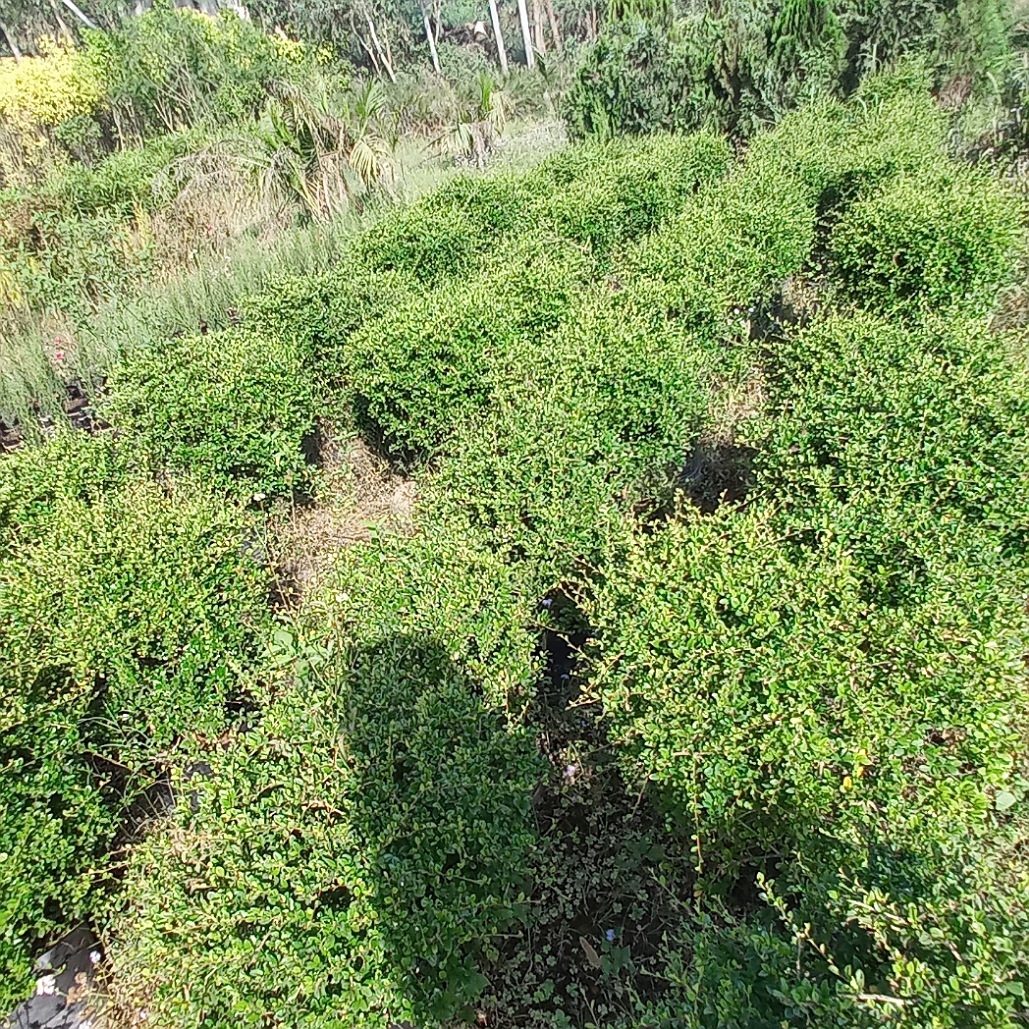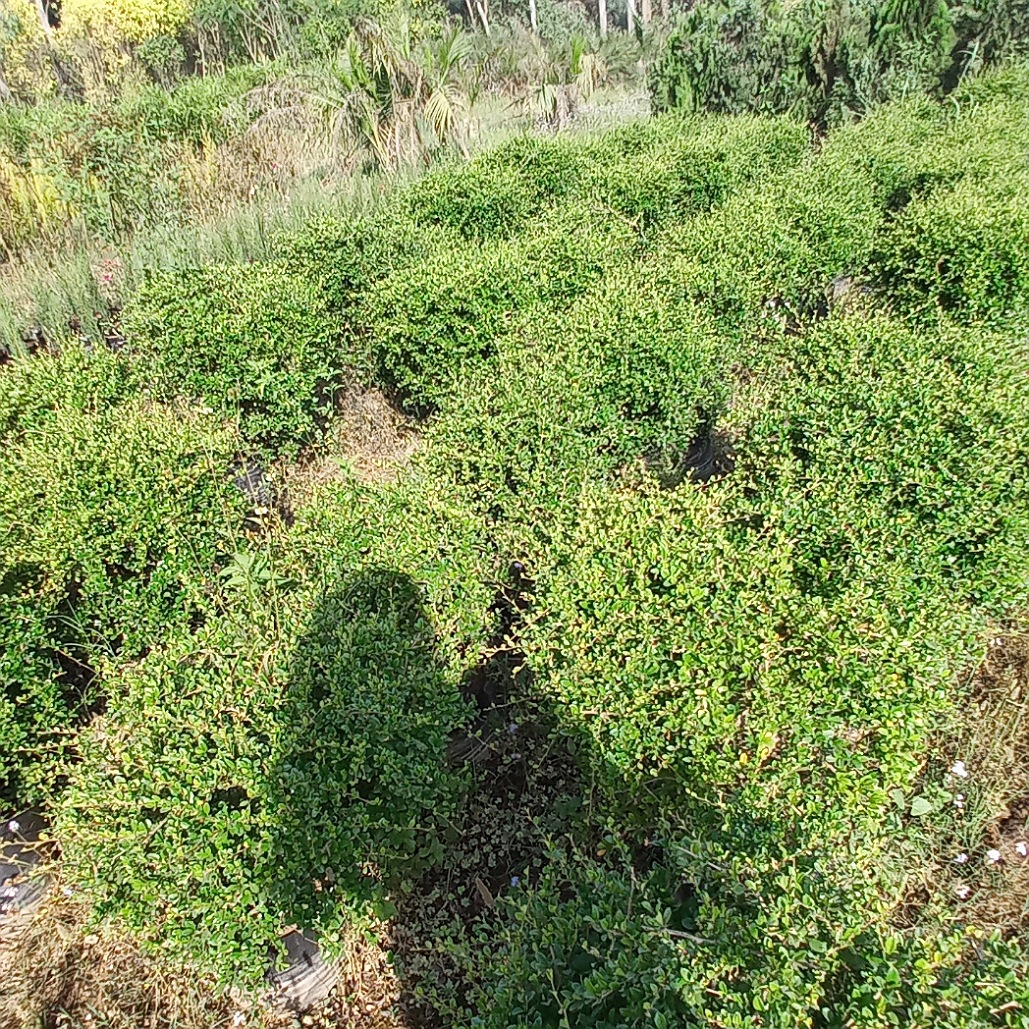Tsaang Gubat (Carmona retusa) also called Philippine Tea is a shrub that grows wild in the tropical climate of India, Sri Lanka and Philippines. It is also cultivated as ornamental plant as single plant or hedge, recently gaining popularity as bonsai in China and Japan.
Tsaang gubat is an erect, shrub with green compound leaves. The tsaang gubat shrub grows to about 1 to 4 meters high and can be found in secondary forest in low and medium altitude. Tsaang gubat leaves grows in clusters on short branches, 3-6 cm long, somewhat toothed or lobed near the apex and pointed at the base, short stalked and rough on the upper surface. Tsaang gubat bears small white flowers, axillary, solitary, 2 or 4 on a common stalk. It bears yellow fruits when ripe about 4-5 mm in diameter, fleshy, with a 4-seeded stone.
Tsaang gubat is widely used in the Philippines as herbal medicine for skin diseases and stomach problems where it is available in tablet and tea bags forms while there are other claimed health benefits as follows:
Allergy, canker sores, colic, cough, diarrhea, diabetes, dysentery, eczema, gastroenteritis, itching, inflammation, scabies, skin diseases, stomach problems, teething problems and wounds,
Anti-allergy. The tsaang gubat were studied for possible anti-allergic substances to counter the histamine release from mast cells that cause type-1 reactions. The tsaang-gubat, contains rosmarinic acid and microphyllone which is attributed for its efficacy to control allergy.
Antibacterial. In a study done to evaluate the antibacterial activity of Carmon retusa, three different extracts have been prepared with petroleum ether, methanol and chloroform separately from Carmona retusa. Antibacterial activity of petroleum ether, chloroform and methanol extracts obtained from the leaf of Carmona retusa were tested against four bacteria using the agar diffusion method. The experimental data indicated that all extracts exhibit moderate to appreciable antibacterial activities against Bacillus subtilis, Klebsiella pneumoniae, Shigella flexneri and Pseudomonas aeruginosa .These results may suggest that Carmona retusa could be used as an antibacterial agent. Source: Phytochemical screening and antibacterial property of carmona retusa (VAHL.) International Journal of Pharma Medicine and Biological Sciences, 1 (2). pp. 91-98. ISSN 2278 – 5221
The tsaang gubat analgesic activity, The major constituent of Carmona retusa (Vahl.) Masam. leaves is an intractable mixture of triterpenes, namely α-amyrin (43.7%), β-amyrin (24.9%), and baurenol (31.4%). At a dosage of 100 mg/kg mouse, the triterpene mixture exhibited 51% analgesic activity but only showed 20% anti-inflammatory activity. Source: Evaluation of the bioactivity of triterpene mixture isolated from Carmona retusa (Vahl.) Masam leaves; Journal of Ethnopharmacology, Volume 92, Issue 1, May 2004
Anti inflammatory. Based on the above results it is suggest that the alcoholic extract of Carmona retusa posses antiinflammatory activity studied by in vitro assays. Antiinflammatory activity may be due to the presence of many phytochemical in the extract. However, further studies are required to identify the lead molecule in the extract and to study the action of mechnasim. Source: In Vitro Anti-inflammatory Activity of Carmona retusa (Vahl.), World Journal of Pharmacy and Pharmaceutical Sciences, Volume 2, Issue 5, 3991-3997






Reviews
There are no reviews yet.